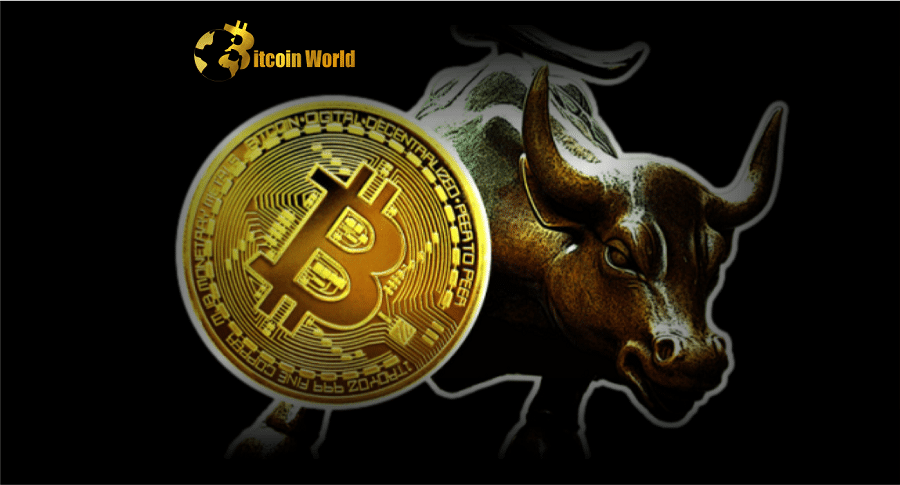After a brief correction below $27,000, the Bitcoin $27,530 price recovered the $28,000 support on March 23. The movement was closely tied to the traditional financial sector, particularly the tech-heavy Nasdaq Index, which rose 2.1% as Bitcoin surpassed the $28,000 mark.
The Federal Reserve raised its benchmark interest rate by 0.25% on March 22 but hinted that it is approaching its maximum level for 2023. However, Fed Chair Jerome Powell stated that it is too early to determine the extent of the tighter credit conditions, and thus monetary policy will remain flexible.
Initially, it appears encouraging that the central bank is less inclined to increase the cost of money. Global economies, on the other hand, are showing signs of strain. Consumer confidence in the eurozone, for example, fell by 19.2% in March, reversing five months of gains and defying economists’ predictions of an improvement.
The recession is still putting a strain on corporate profits and causing layoffs. Accenture, for example, announced on March 23 that it would terminate the contracts of 19,000 employees over the next 18 months. On March 22, the company Indeed, which helps people find jobs, let go of 2,200 workers, or 15% of its staff.
The stronger the correlation to traditional markets, the less likely a decoupling will occur. As a result, the Bitcoin price increase has not instilled much confidence in professional traders, according to futures and margin markets.
Margin trading enables investors to borrow cryptocurrency in order to leverage their trading position and potentially increase their returns. For example, one can purchase Bitcoin by borrowing $1.00 in Tether, increasing their crypto exposure. On the other hand, borrowing Bitcoin can only be used to bet on a price decline.
Unlike futures contracts, the balance between margin longs and shorts isn’t necessarily matched. When the margin lending ratio is high, it indicates that the market is bullish. A low lending ratio, on the other hand, indicates that the market is bearish.
On March 15, the margin markets longs-to-short indicator at the OKX exchange peaked at 60, but by March 17, it had fallen to 22. This indicates that no reckless leverage was used during the rally. Historically, levels above 40 indicate a highly imbalanced demand favoring longs.
The indicator is currently at 19, indicating a balanced situation given the 15% cost of borrowing US dollars (or stablecoins) to short BTC. The top traders’ long-to-short net ratio excludes externalities that might have solely impacted the margin markets. Analysts can better understand whether professional traders are leaning bullish or bearish by aggregating the positions on the spot, perpetual and quarterly futures contracts.
Because there are some methodological differences between different exchanges, viewers should focus on changes rather than absolute figures. Between March 18 and March 22, the top traders’ long-to-short ratio at OKX increased, peaking at 1.09, but reversed course on March 23. The indicator is currently at 0.76, its lowest level in 11 days. Meanwhile, the top traders’ long-to-short ratio on the Huobi exchange has remained stable near 1.0 since March 18.
Finally, since March 17, Binance whales have consistently reduced their leverage longs. On March 23, the ratio fell from 1.36 to 1.09, its lowest level in 11 days.
Bitcoin has increased by 13% since March 16, indicating that whales and market makers were unprepared. This may appear bearish at first, but if the $28,000 support level holds, professional traders will be forced to add long positions, accelerating the bullish momentum.
Bitcoin derivatives eventually show no signs of stress. Not having excessive leverage on long positions is positive, and bears did not dare to add short positions. Nonetheless, recessionary risks and growing regulatory uncertainty, such as the US Securities and Exchange Commission’s Wells notice against the Coinbase exchange on March 22, will likely keep Bitcoin prices below $30,000 for the foreseeable future.














